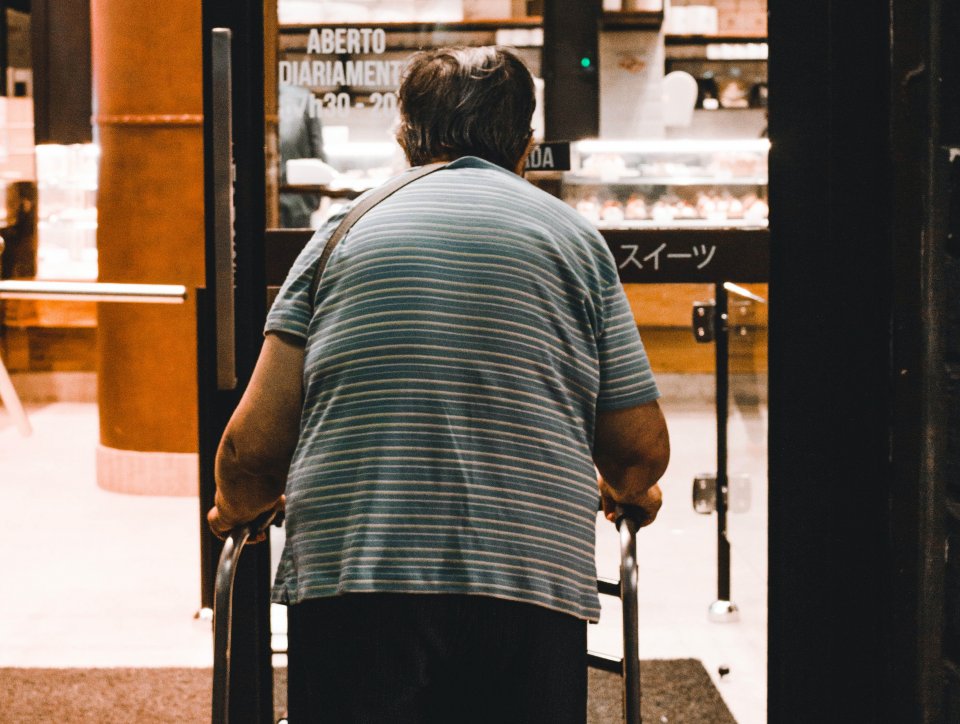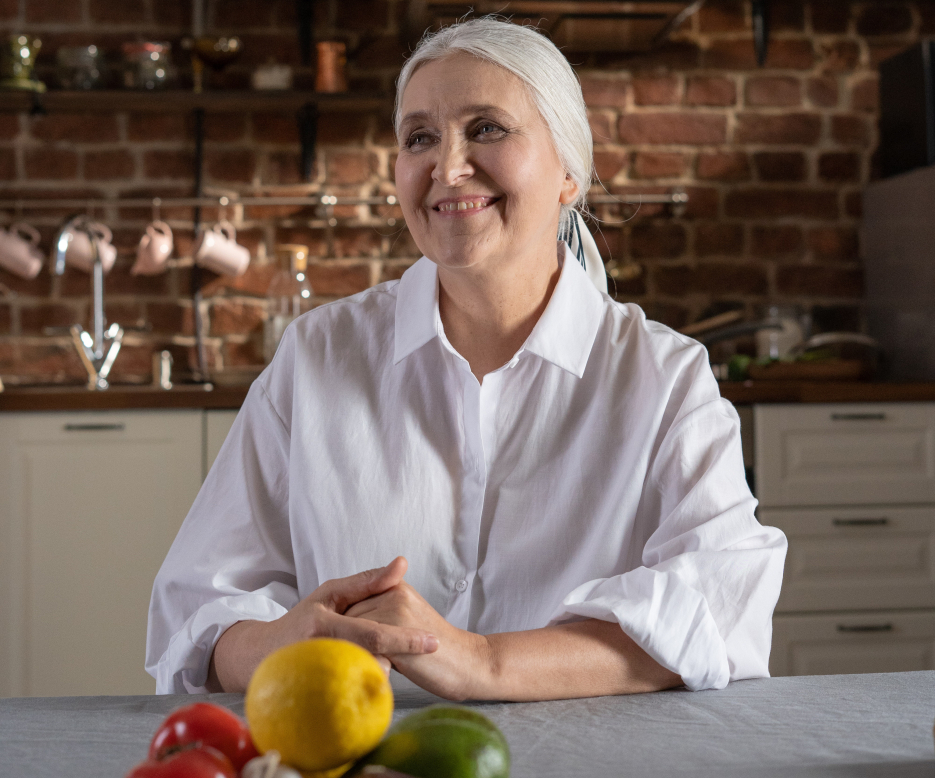
Population is aging at a fast rate and especially the share of over 80s is growing the most rapidly. The elderly are a heterogeneous group with different needs. Some of them do well without services whereas others need a lot of them due to their diseases and disorders. Memory disorders pose additional challenges for arranging services. Public services for the elderly include, among others, home care, daytime activities, alternate care and, at the end phase of memory disorders, intensive service housing or ward care.
Intermediate living of the elderly is located between intensive service housing and ordinary living. Living and services are clearly separated from each other. The resident decides which services he or she uses, or home care has made a care and service plan for the resident. The resident can live in any type of housing, in terms of its ownership. The key features of intermediate living include sense of community, joint activities, accessibility and location near services.
Is home the best place for all?
I have worked for 20 years as a nurse with elderly people, of which 10 years in a supervisory role. During these years, we have moved from senior homes and health centre wards to ward care, and recently to intensive assisted living. Residential care has given way to care at home. Home is usually the best place for a person, or is it so to everyone? In my opinion, seniors with memory disorders should always be offered intensive service housing. Other client groups should have different options.
In my alternate care units, I have met elderly people who feel lonely, unsafe or their spouse has passed away. We cannot meet their needs with the present services. Home care, daytime activities and alternate care are not enough but, on the other hand, they do not need intensive service housing yet. Due to feelings of unsafety, these seniors sometimes end up in short-term wards or even ER because the feeling of being unsafe also leads to physical symptoms. These people are the client group that would benefit from intermediate living.

What is the added value of intermediate living?
Loneliness may paralyze a person, and ordinary daily activities become impossible, Widowhood may seriously affect the feeling of life control and, in a worst case scenario, lead to exclusion. The key idea in alternate living is sense of community. The resident has an own space but, at the same time, he or she can participate in different activities with the other residents according to his or her own resources. This improves the feeling of safety and the resident’s coping in daily activities. Accessibility means that the resident may live in intermediate living also with mobility aids or other assistive devices. In intermediate living, services can be added according to the residents’ needs and if they are well organised, the residents can live in alternate living until the end of their lives.
To facilitate intermediate living and shared living that supports coping in daily activities, we would need a coordinator to organise joint activities for the residents: to run errands with them, to gather them together to cook and share a meal, take them outside for walks, do gardening etc. Technological solutions should be used in planning intermediate living as they, in part, support independent living and coping with daily activities, and strengthen the feeling of safety. By taking these things into account, we would create added value to the residents and in this way, encourage the elderly to choose intermediate living instead of living at home.

Developing intermediate living is a current topic in Finland as well. In Sweden, intermediate living solutions have been taken into use already in the 1990’s. In Finland, we’ve had ‘senior living’ and now, also sense of community is taken into account in designing living solutions for the elderly.
Ministry of the Environment has commissioned a study on intermediate living with a publication Intermediate living for the elderly and its future needs (only in Finnish).
I really wish that the intermediate living model became more common, with tailored implementation models in different residential areas. For this, we need cross-sectional administrative cooperation and a strong will to solve the challenges that touch us all.
This article has originally been published in Finnish in HIPPA project blog on 8 June 2020.
Writers
Päivi Meriläinen, service supervisor, City of Oulu



